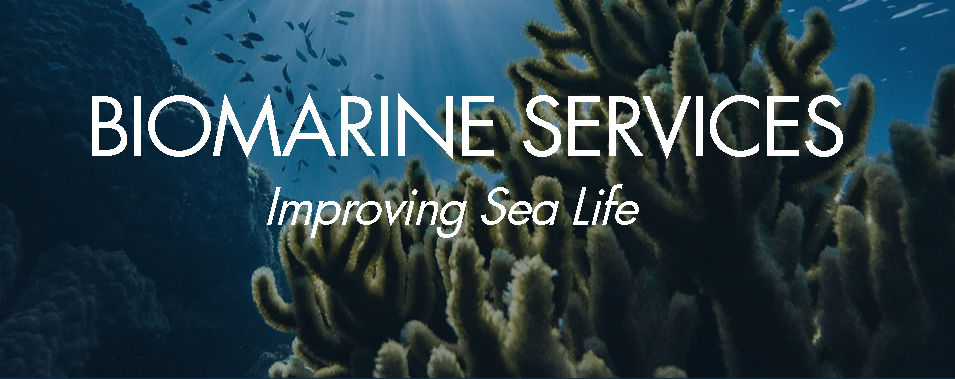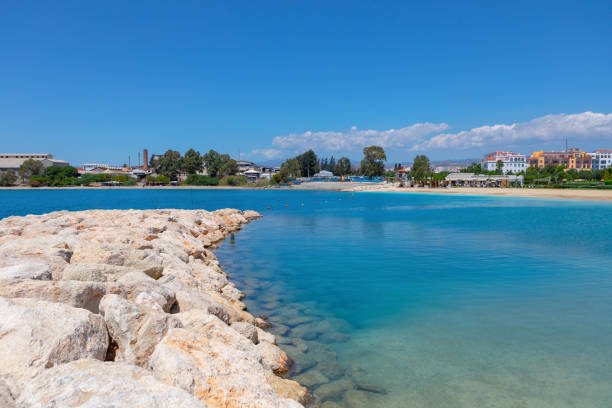Mastering BWMS Sensor Calibration A Practical Guide
Ballast Water Management Systems (BWMS) are critical components of modern shipping, safeguarding marine environments from the perils of invasive aquatic species. These sophisticated systems treat ballast water, the water taken on by vessels to maintain stability during voyages, eliminating or significantly reducing harmful organisms that could be inadvertently introduced into new ecosystems. Ballast water discharge regulations are becoming increasingly stringent, and proper BWMS operation is essential for ensuring compliance. At the heart of effective BWMS function lies accurate sensor calibration. Sensors play a vital role in monitoring various parameters throughout the ballast water treatment process, and their precise calibration guarantees that the system is performing as intended. Without proper calibration, even the most advanced BWMS may provide inaccurate readings, leading to a cascade of problems.
Why is Sensor Calibration Critical?
BWMS Sensor Calibration monitor a variety of parameters within the ballast water treatment process. These can include:
- Salinity: Salinity levels are crucial for certain BWMS technologies, such as those using electrolysis.
- Temperature: Temperature affects treatment efficiency and needs to be within specified ranges.
- TRO (Total Residual Oxidants): TRO levels indicate the effectiveness of disinfection processes in systems using oxidants.
- Turbidity: High turbidity (particle content) can interfere with some disinfection methods, such as UV treatment.
- Flow Rate: Ensures proper dosage and exposure times of treatment chemicals or processes.
Sensor calibration assures that these readings precisely reflect the actual conditions within the BWMS. If a sensor is miscalibrated, it can lead to:
- Incorrect treatment: The BWMS may under-treat or over-treat the ballast water, potentially leading to ineffective disinfection or environmental harm.
- System shutdowns: Inaccurate readings can trigger false alarms or safety shutdowns, causing operational delays and disruptions.
- Regulatory violations: Vessels with miscalibrated BWMS may fail to meet international and local ballast water discharge standards.
Types of BWMS Sensors
The types of sensors used in a BWMS depend on the specific technology employed. Some common sensor types include:
- Conductivity sensors: Measure salinity.
- Temperature sensors: Can be thermistors, thermocouples, or resistance temperature detectors (RTDs).
- TRO sensors: Electrochemical sensors that measure oxidant concentrations in treated water.
- Turbidity sensors: Utilize light scattering principles to determine particle content in the water.
- Flow meters: Measure rates of water moving through the BWMS.
Calibration Procedures
Sensor calibration procedures usually involve these steps:
- Cleaning and Inspection: Before calibration, sensors must be thoroughly cleaned to remove any buildup or contamination that might affect readings. Visual inspection ensures the sensor isn’t damaged.
- Reference Solutions: Calibration necessitates standards of known value – solutions with precise salinity, temperature, TRO levels, etc. These reference solutions provide the benchmark against which the sensor is calibrated.
- Calibration Adjustment: Sensor readings are taken in the reference solutions. The sensor’s output is then adjusted to match the known values of the reference solutions. Modern sensors often have automated or semi-automated calibration routines.
- Verification: After calibration, the process is repeated with a new set of reference solutions to confirm the accuracy of the adjusted sensor readings.
Calibration Frequency
The required frequency of calibration depends on several factors:
- Manufacturer recommendations: BWMS manufacturers provide specific guidelines for sensor calibration intervals.
- Sensor type: Some sensor types are more prone to drift than others.
- Operating conditions: Harsh environments or frequent use can necessitate more frequent calibration.
Best Practices for BWMS Sensor Calibration
- Follow manufacturer’s instructions: Each BWMS has specific calibration procedures outlined in its operating manual.
- Use high-quality reference solutions: Ensure the accuracy of your calibration standards.
- Document the calibration process: Maintain detailed records of calibration dates, procedures, and results.
- Train crew members: Personnel involved in BWMS operation should be trained in basic sensor calibration procedures and troubleshooting.
Precise sensor calibration is the cornerstone of efficient and reliable BWMS operation. By adhering to a comprehensive sensor calibration program, vessel operators can ensure that their BWMS is functioning at peak performance. This not only guarantees regulatory compliance but also safeguards the marine environment. Regular calibration helps to identify and rectify minor issues before they snowball into major problems. Furthermore, it fosters a culture of preventative maintenance, reducing the likelihood of unexpected equipment failures and associated downtime. Consistent calibration also generates a valuable record of sensor performance over time, enabling operators to anticipate and plan for sensor replacement or service needs. In conclusion, meticulous sensor calibration is an investment in environmental protection, operational efficiency, and regulatory peace of mind.







